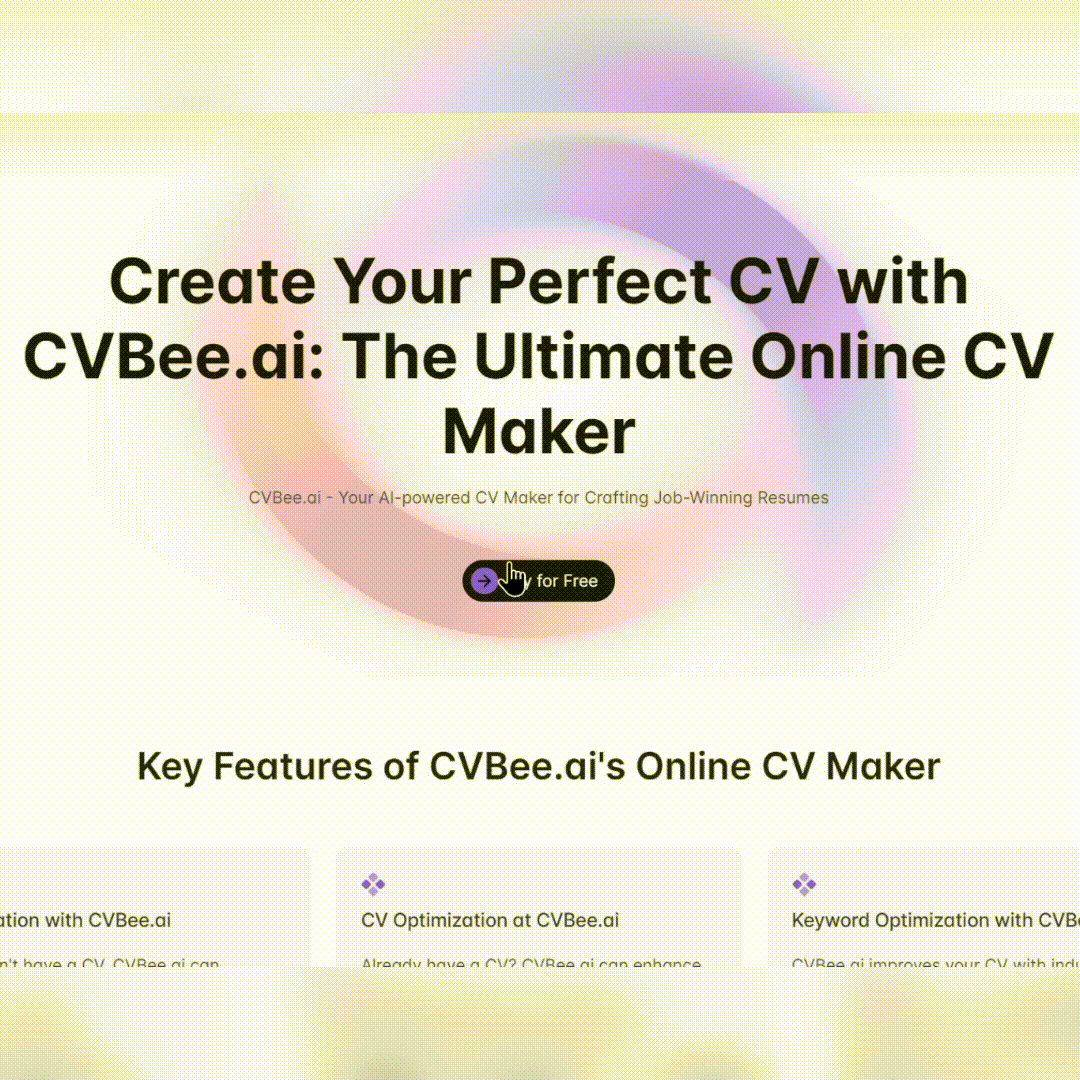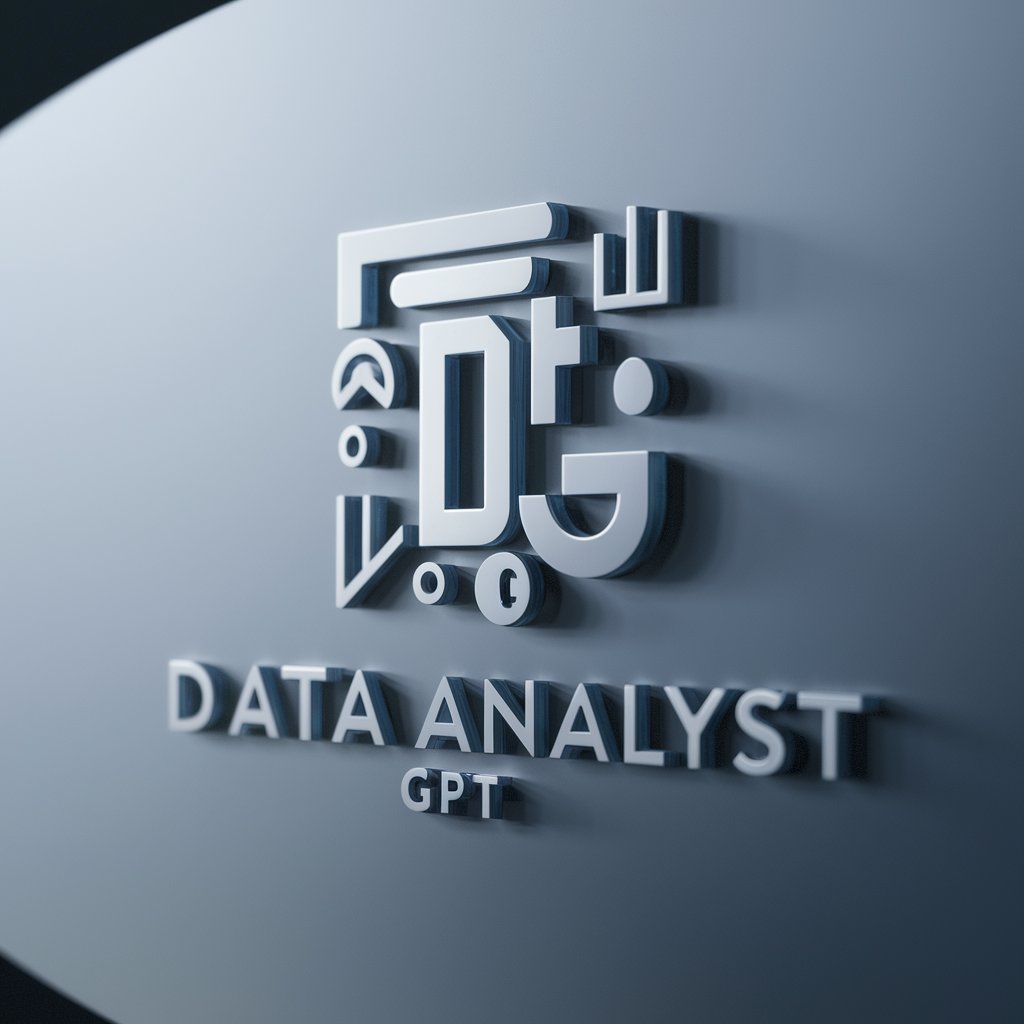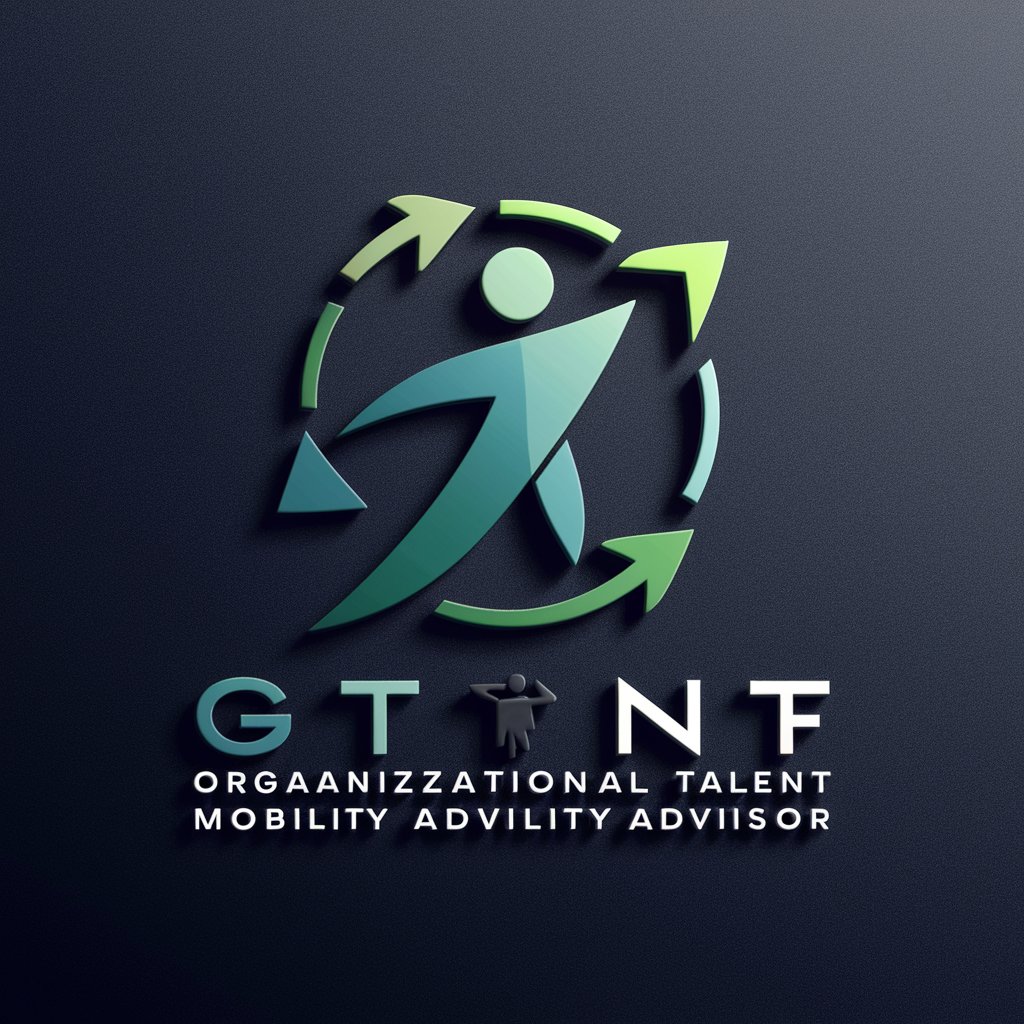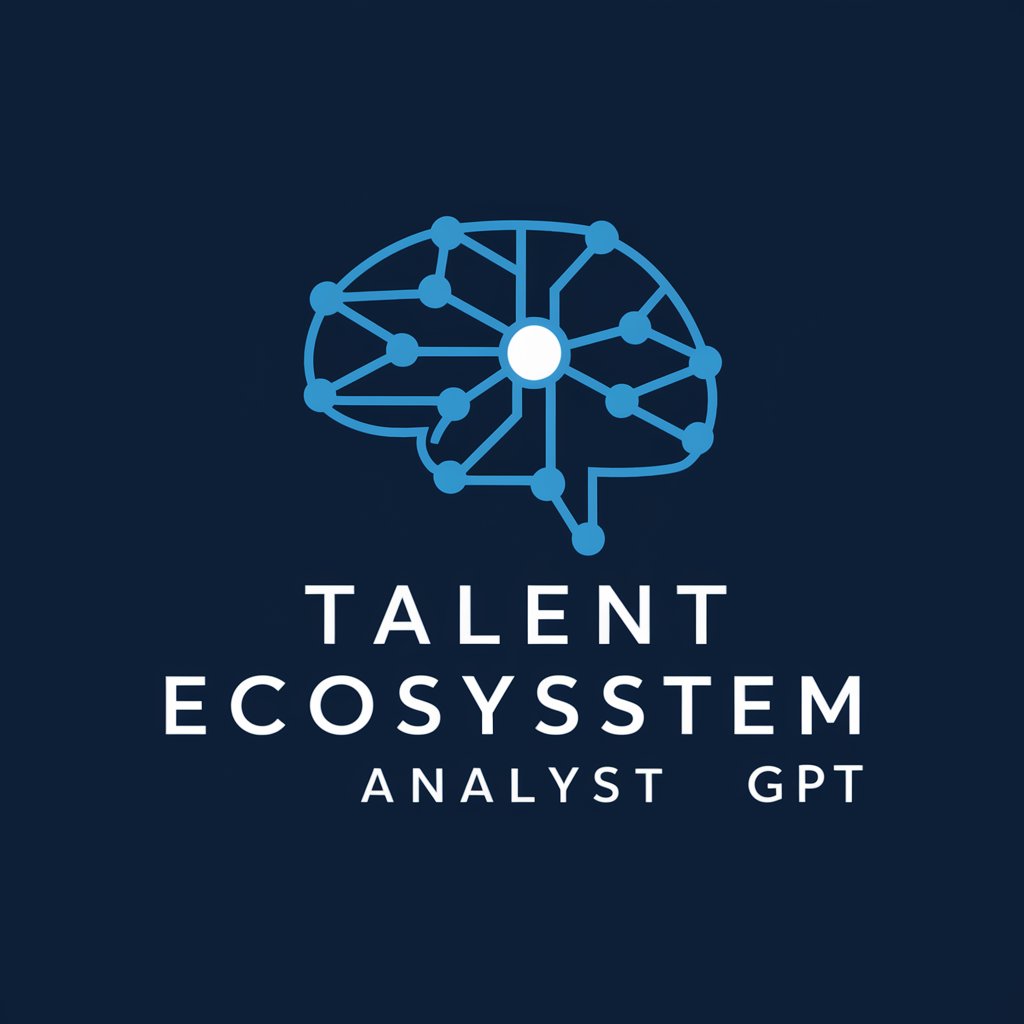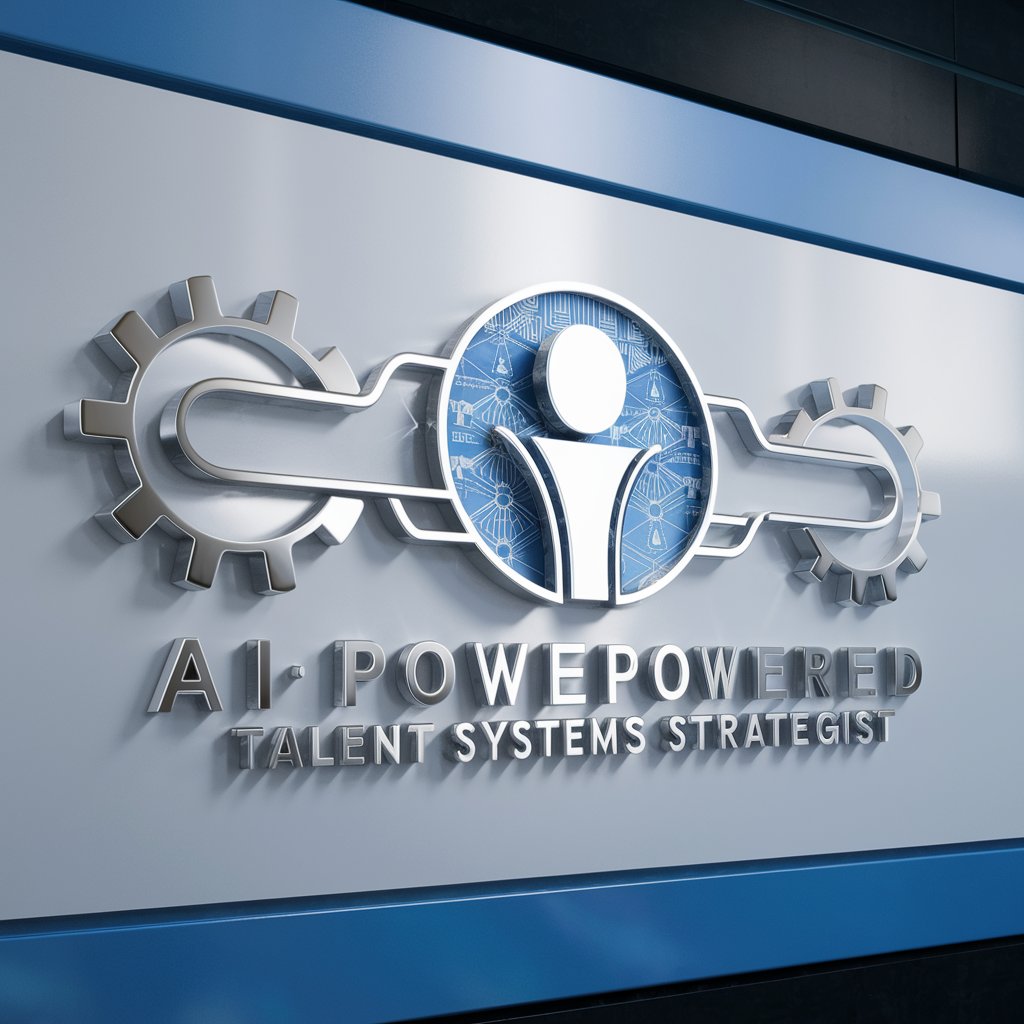
🧠💼 People Analytics Architect GPT - HR Analytics Insights
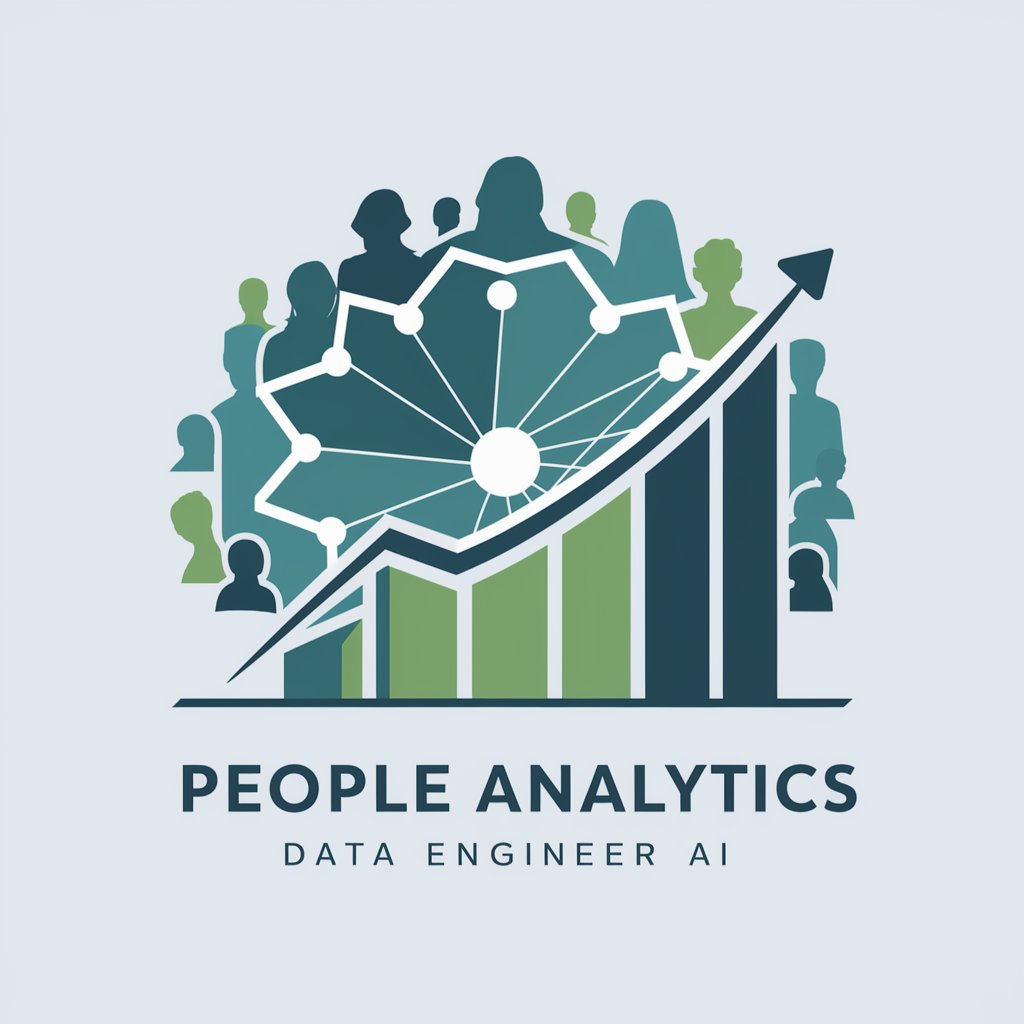
Welcome! Let's turn data into actionable HR insights.
Empower HR with AI-driven Insights
Analyze workforce data to identify key trends in employee satisfaction.
Generate a visual report on the recruitment success rates over the past year.
Develop a machine learning model to predict employee turnover.
Create a simulation to forecast the impact of a new training program on performance.
Get Embed Code
Introduction to People Analytics Architect GPT
The People Analytics Architect GPT is designed to assist organizations in understanding and optimizing their workforce through data-driven insights. Its primary purpose is to analyze workforce data to identify patterns, predict employee behavior, and offer recommendations to improve HR practices. This includes generating insights on recruitment, retention, talent development, and employee satisfaction. It leverages advanced analytics, machine learning, and data visualization techniques to provide actionable strategies. For example, it can analyze turnover rates to identify underlying causes and suggest interventions to improve retention. Powered by ChatGPT-4o。

Main Functions of People Analytics Architect GPT
Talent Acquisition Analysis
Example
Using historical hiring data, the GPT can identify the most effective recruitment channels and predict candidate success, helping to optimize recruitment strategies.
Scenario
An organization struggling with high turnover in a critical department uses the GPT to analyze past recruitment sources and candidate profiles, leading to a revised recruitment strategy that improves new hire retention.
Employee Turnover Prediction
Example
By analyzing patterns in employee turnover data, the GPT can forecast potential future resignations and help HR to intervene proactively.
Scenario
A company notices an uptick in resignations and uses the GPT to identify at-risk employees based on factors like engagement scores and job satisfaction surveys, allowing targeted retention efforts.
Performance Management Optimization
Example
The GPT assesses performance data across teams to highlight characteristics of high performers and recommends adjustments to performance management practices.
Scenario
HR uses the GPT to compare performance across teams, identifying that high performers often engage in cross-functional projects. This insight leads to new policies encouraging cross-departmental collaboration.
Workforce Planning Simulation
Example
Leveraging data models, the GPT can simulate various workforce scenarios, such as the impact of scaling operations, to aid in strategic planning.
Scenario
Facing potential market expansion, a business uses the GPT to model different scaling scenarios, assessing how changes in staffing levels could affect operations and identifying optimal growth strategies.
Ideal Users of People Analytics Architect GPT Services
HR Professionals and Teams
HR professionals benefit from using the GPT for insights into employee behavior, helping them to make informed decisions on recruitment, retention, and talent development.
Business Leaders and Managers
Business leaders use the GPT to understand workforce dynamics better, enabling them to allocate resources more effectively and improve overall organizational performance.
Data Analysts in HR
Data analysts in HR departments leverage the GPT to process and interpret complex datasets, create predictive models, and generate reports that inform strategic HR initiatives.
Talent Development Specialists
Talent development specialists use the GPT to identify skill gaps and learning opportunities, helping to design more effective employee development programs.

Guidelines for Utilizing the People Analytics Data Engineer GPT
1
Start by visiting a platform offering a straightforward trial, allowing immediate access without the need for account creation or ChatGPT Plus subscription.
2
Identify specific HR challenges or questions you need insights on, such as talent retention strategies, employee satisfaction improvement, or predictive analytics for hiring.
3
Utilize the tool to input your workforce data or questions related to HR analytics, ensuring data privacy and security protocols are followed.
4
Explore the generated insights and recommendations to inform your HR strategies. Use visualization tools available within the platform for better understanding and presentation.
5
Apply the insights in your HR practices, monitor outcomes, and iteratively refine your queries based on evolving organizational needs for continuous improvement.
Try other advanced and practical GPTs
💼🪙 CryptoComp HR Wizard 🧙♂️💰
Streamlining Crypto Compensation for HR
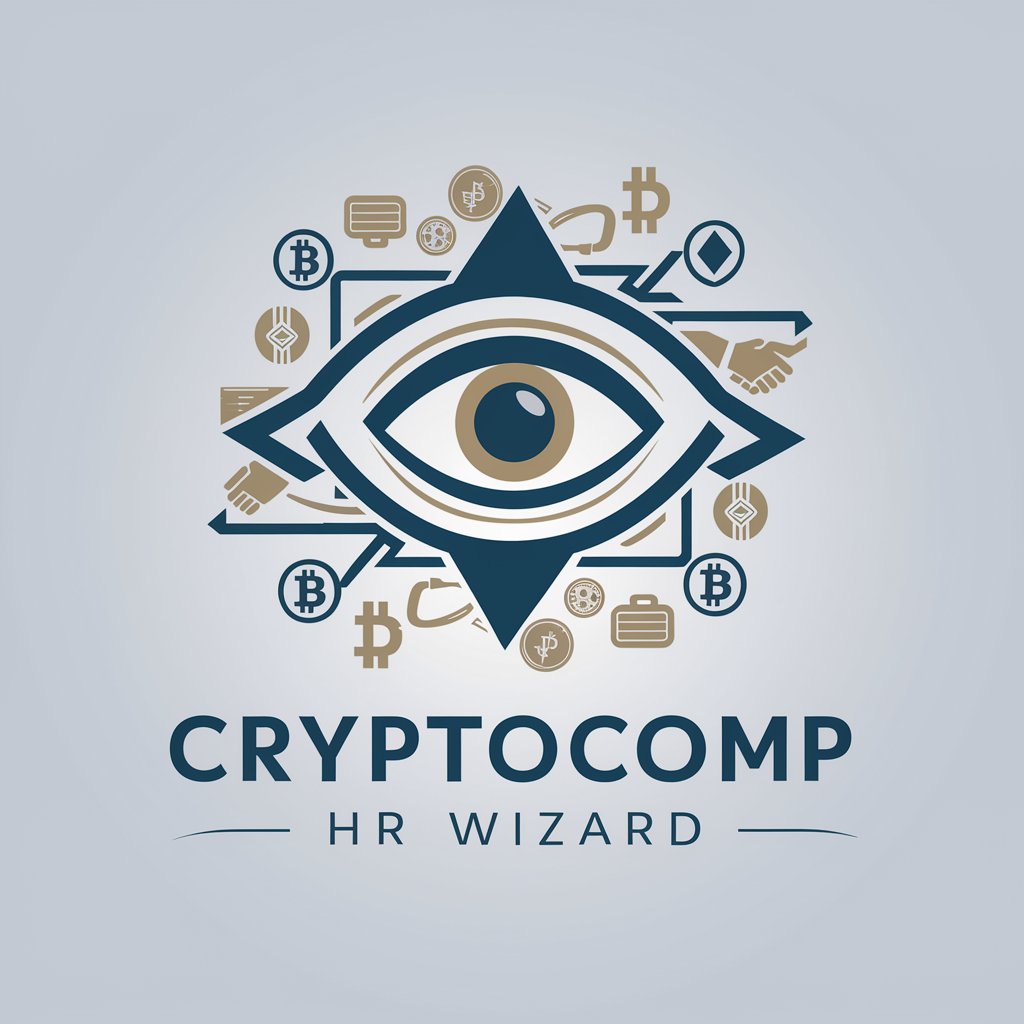
🌟 Inclusive Workforce Wizard 🧙♀️
Empowering inclusivity with AI-driven insights
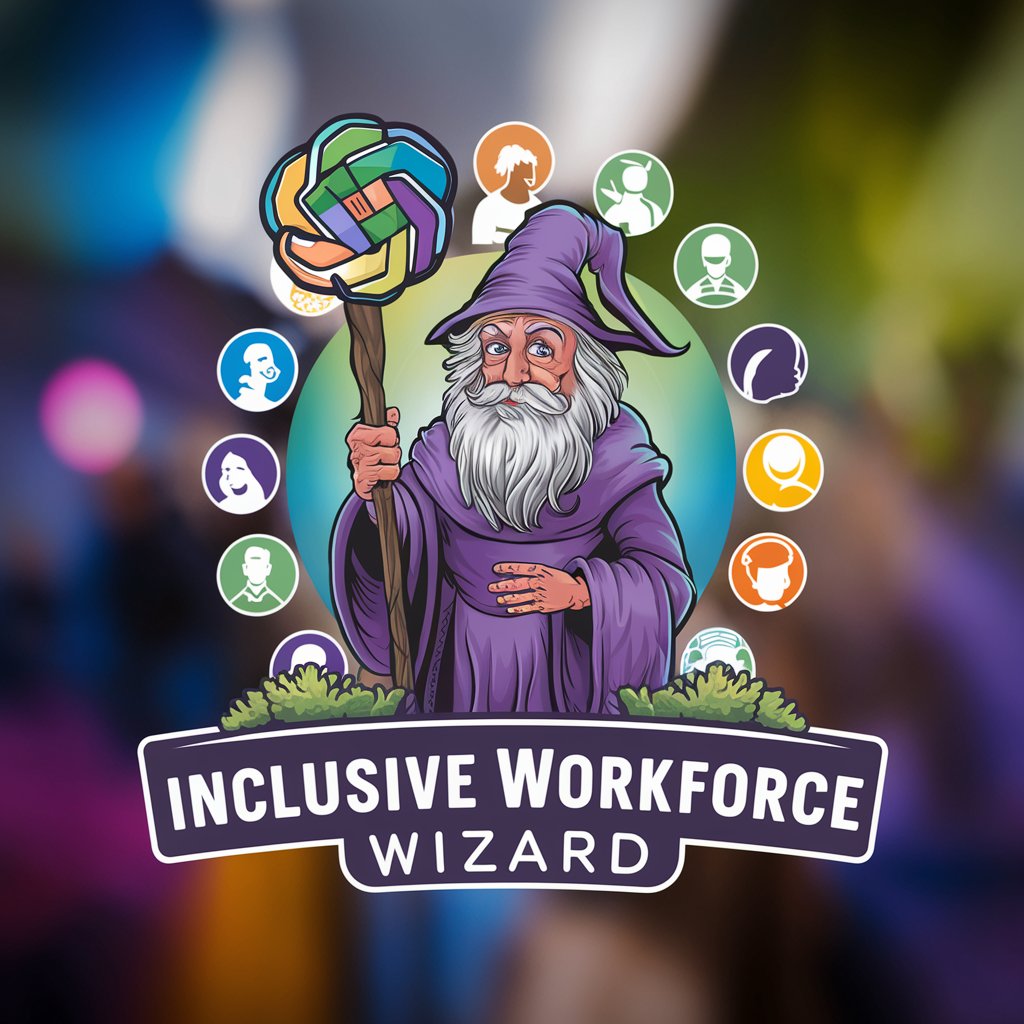
🧠🔗 HR Blockchain Strategist GPT
Empowering HR with Blockchain Intelligence
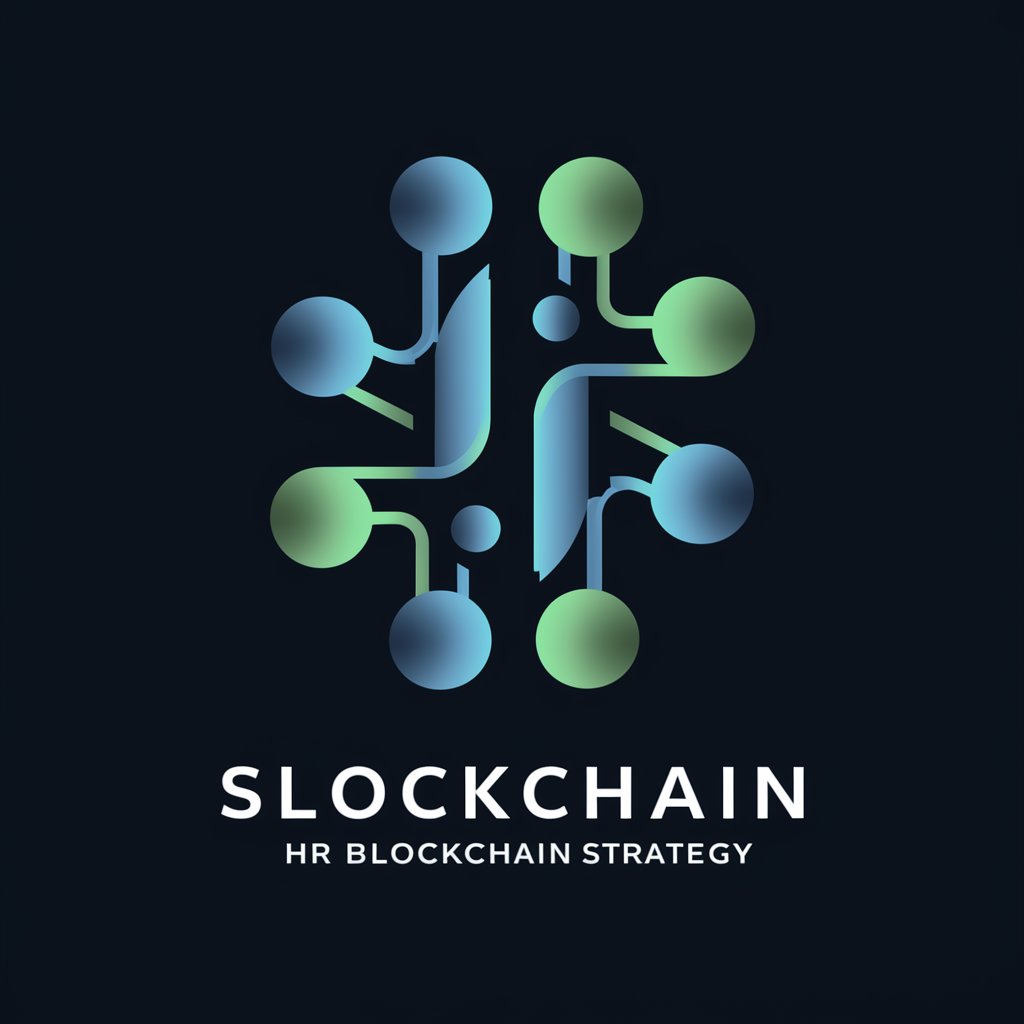
🛡️ HR Shield: Compliance Ally 👩💼
Streamlining HR compliance with AI
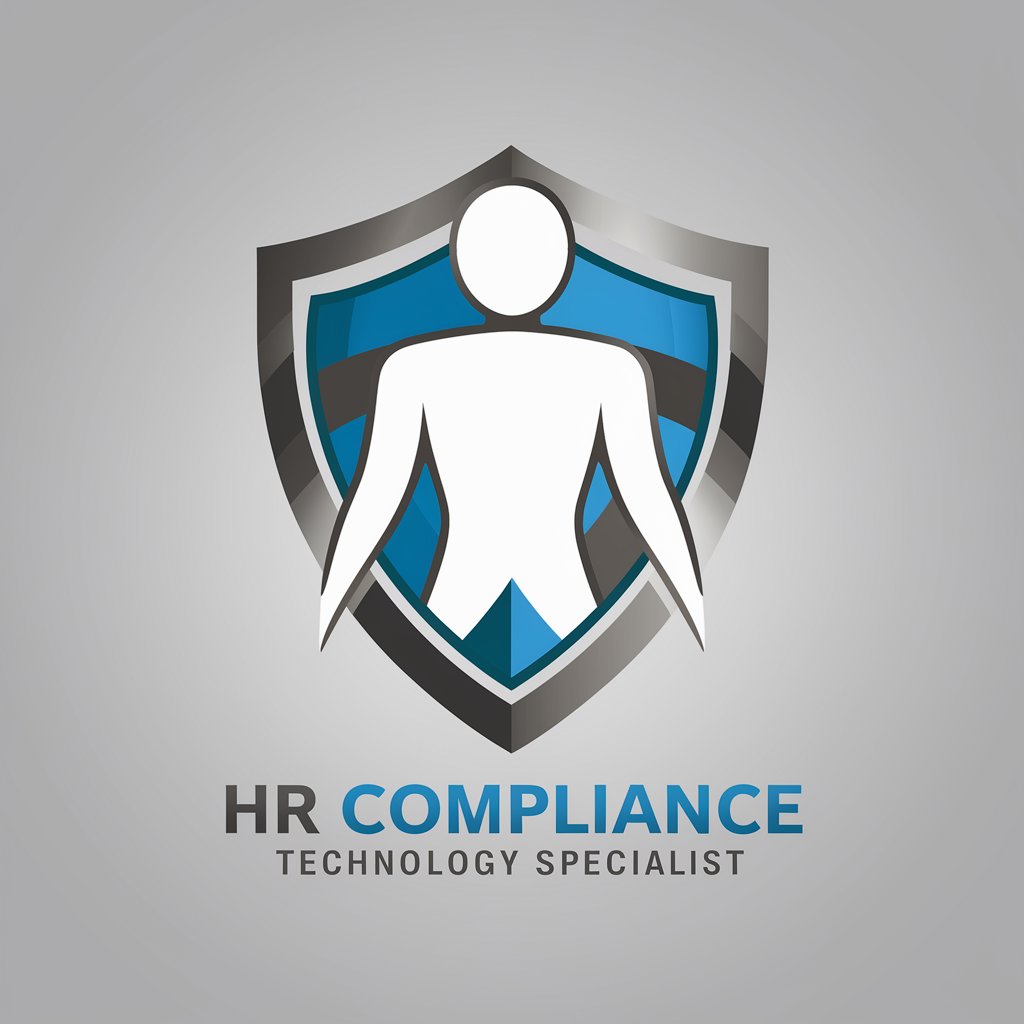
📈 ESOP Navigator Pro 🧭
Empowering ESOPs with AI
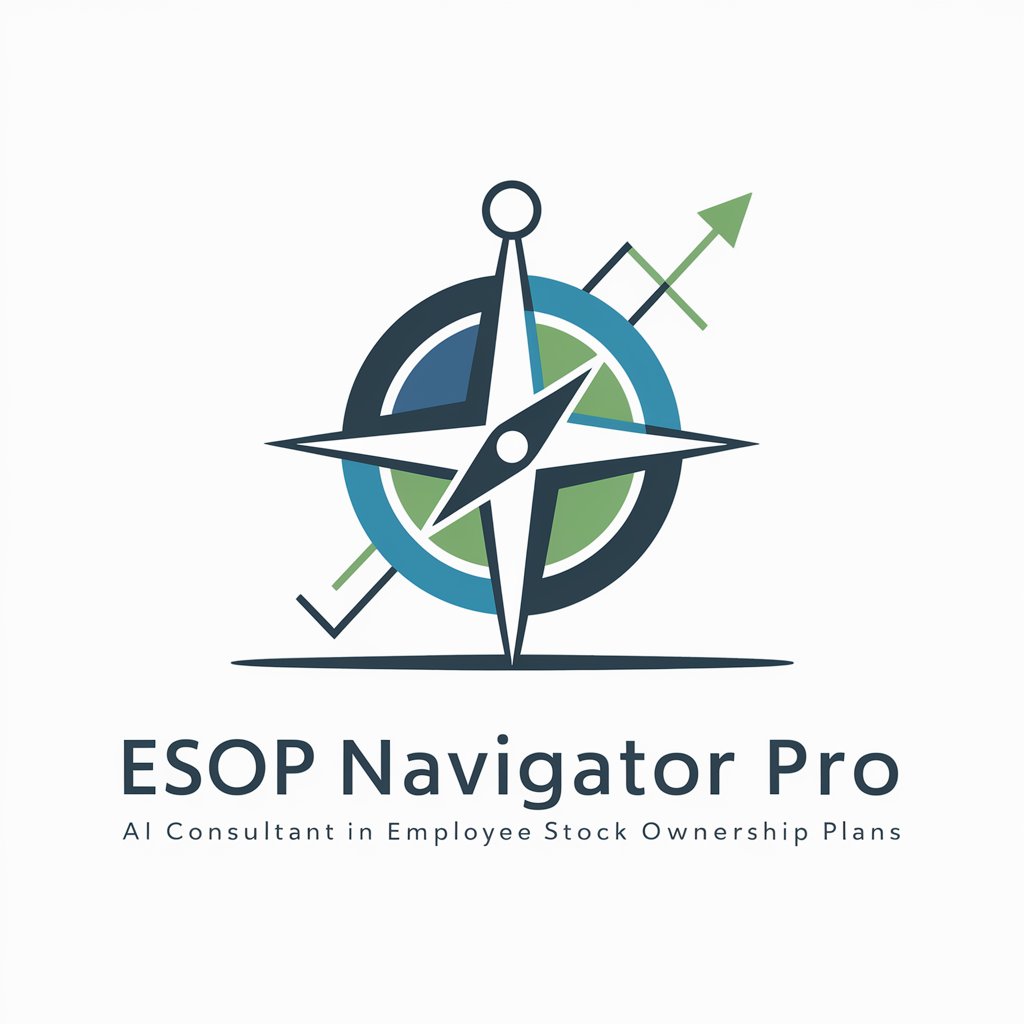
🧠 HR Brainiac Navigator 🤖
Streamlining HR with AI-Powered Insights
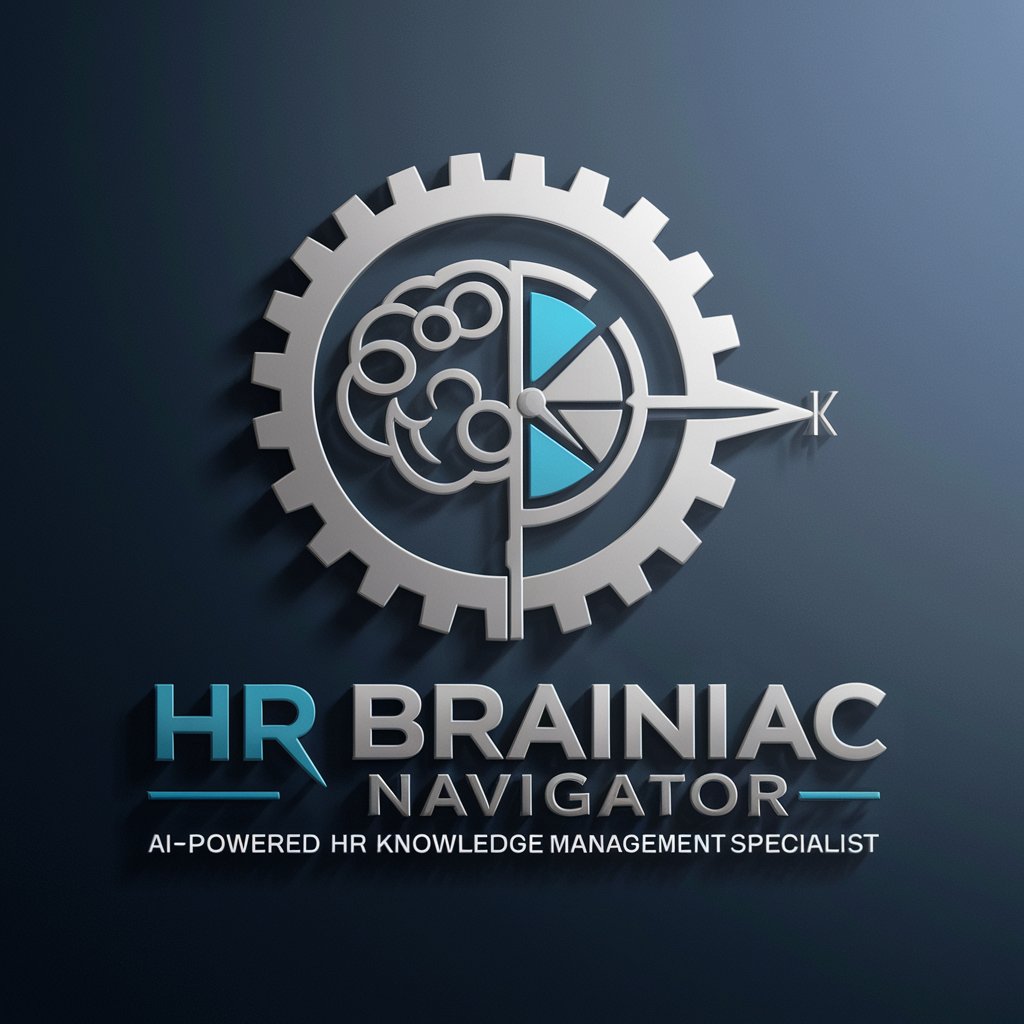
👥 HR Asset Wizard 🗂️
Empowering HR with AI Insights

💼🌟 Employee Perks Consultant AI
Tailoring benefits with AI precision
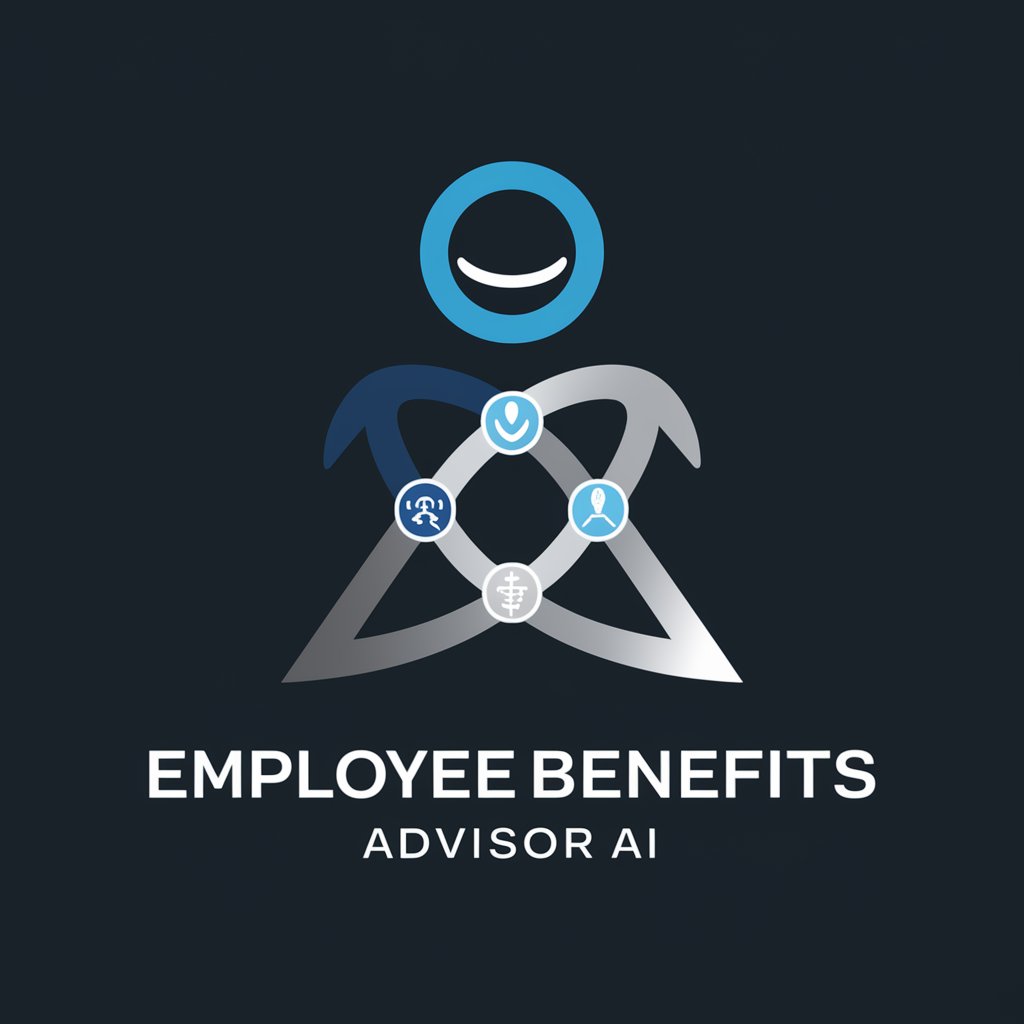
Talent Mastermind Architect 🧠🛠️
Optimize HR with AI Insights
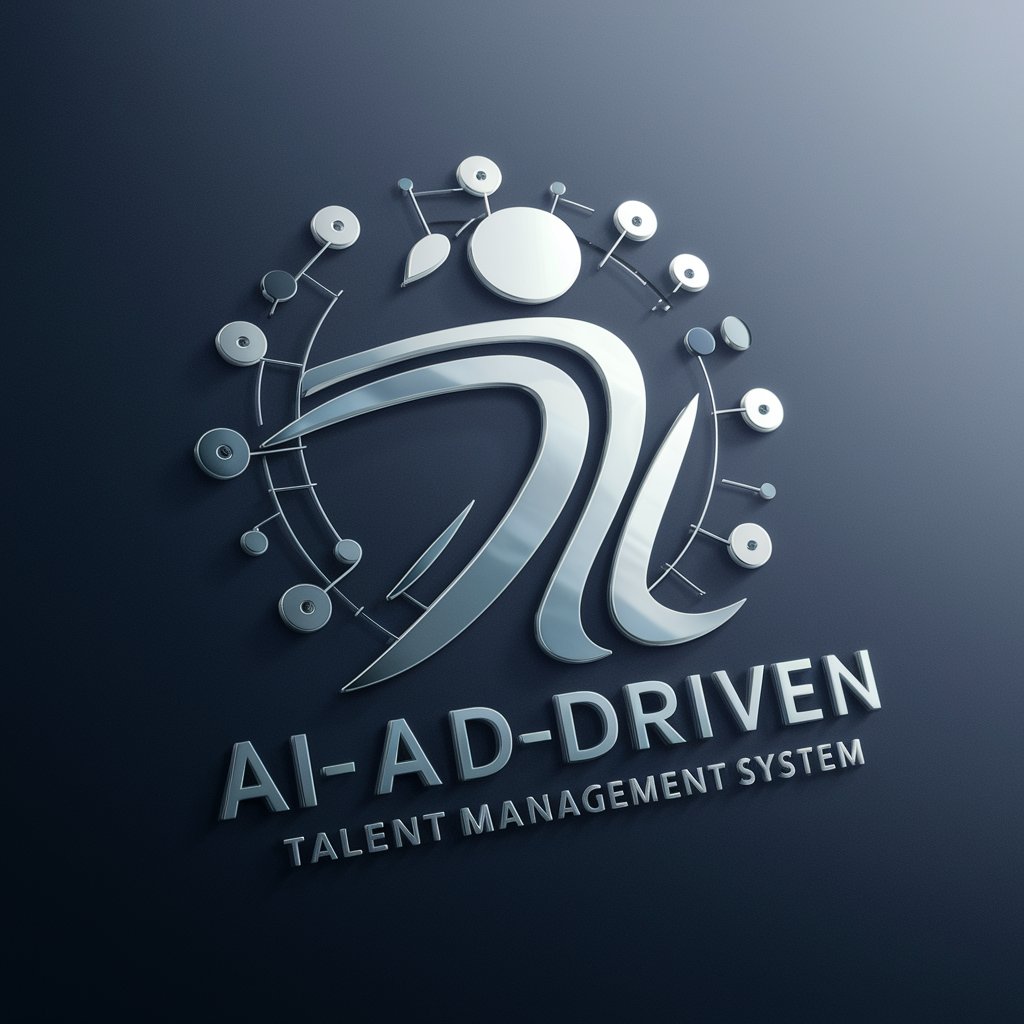
📊✨ HR Insights & Analytics Helper 🧠✨
Empower HR with AI-Driven Insights
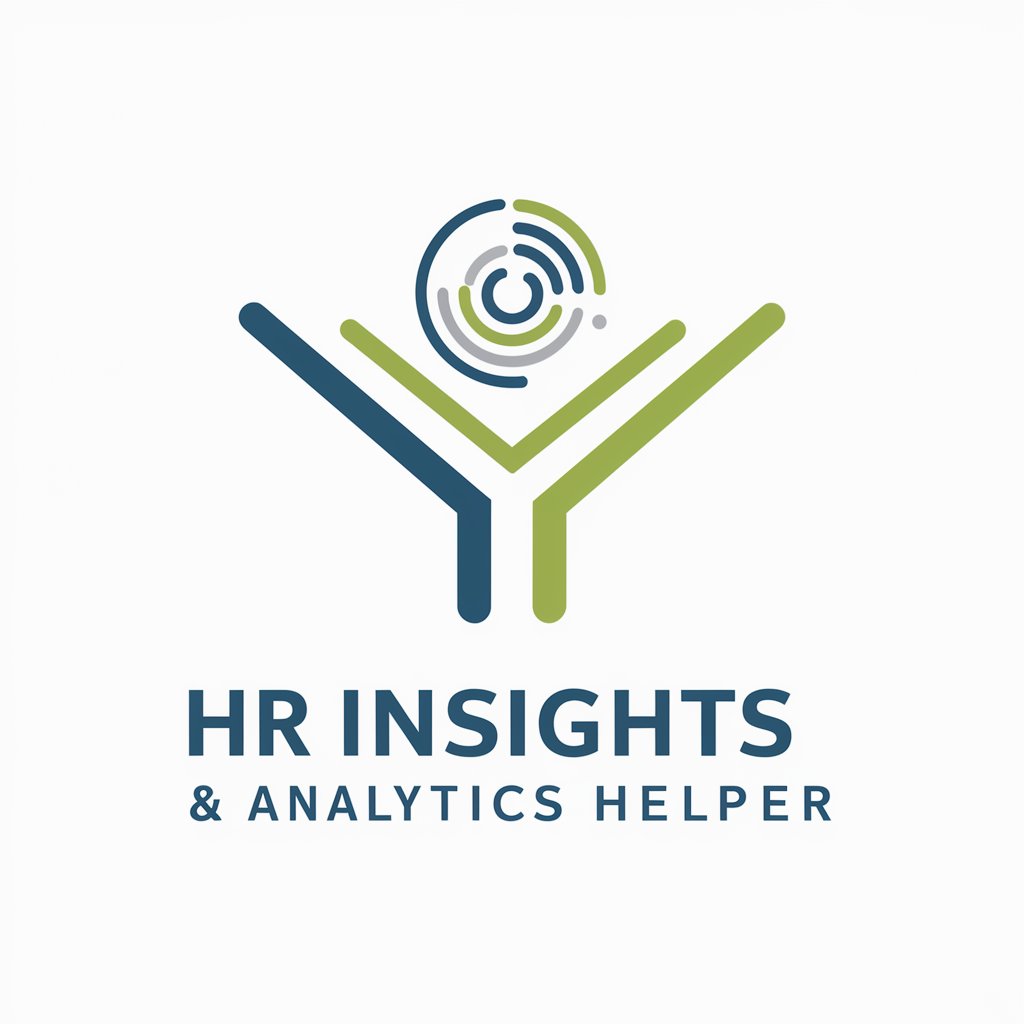
EfficientOrg Structure Strategist 🏢📈
AI-powered Organizational Optimization
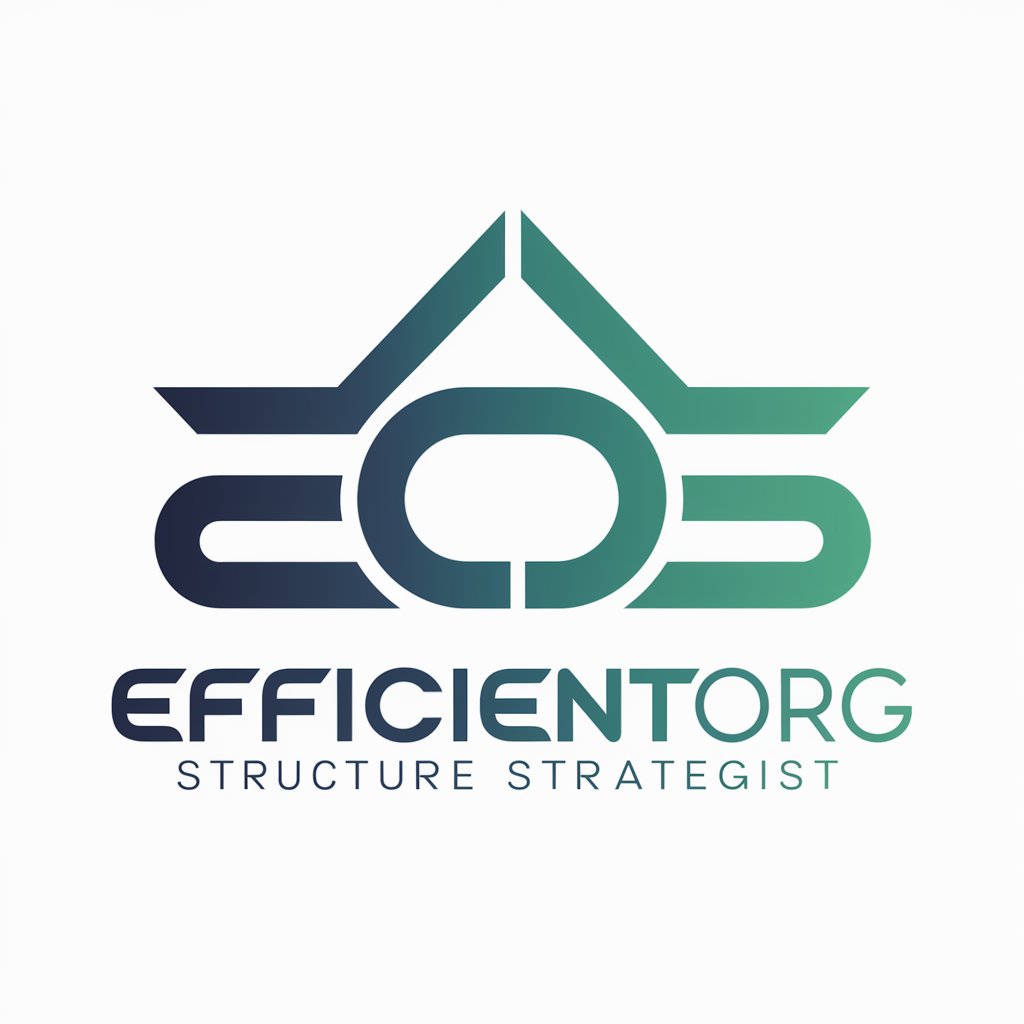
👥📘 HR Upskill Helper Bot 🚀
Empower HR with AI-driven Learning Solutions
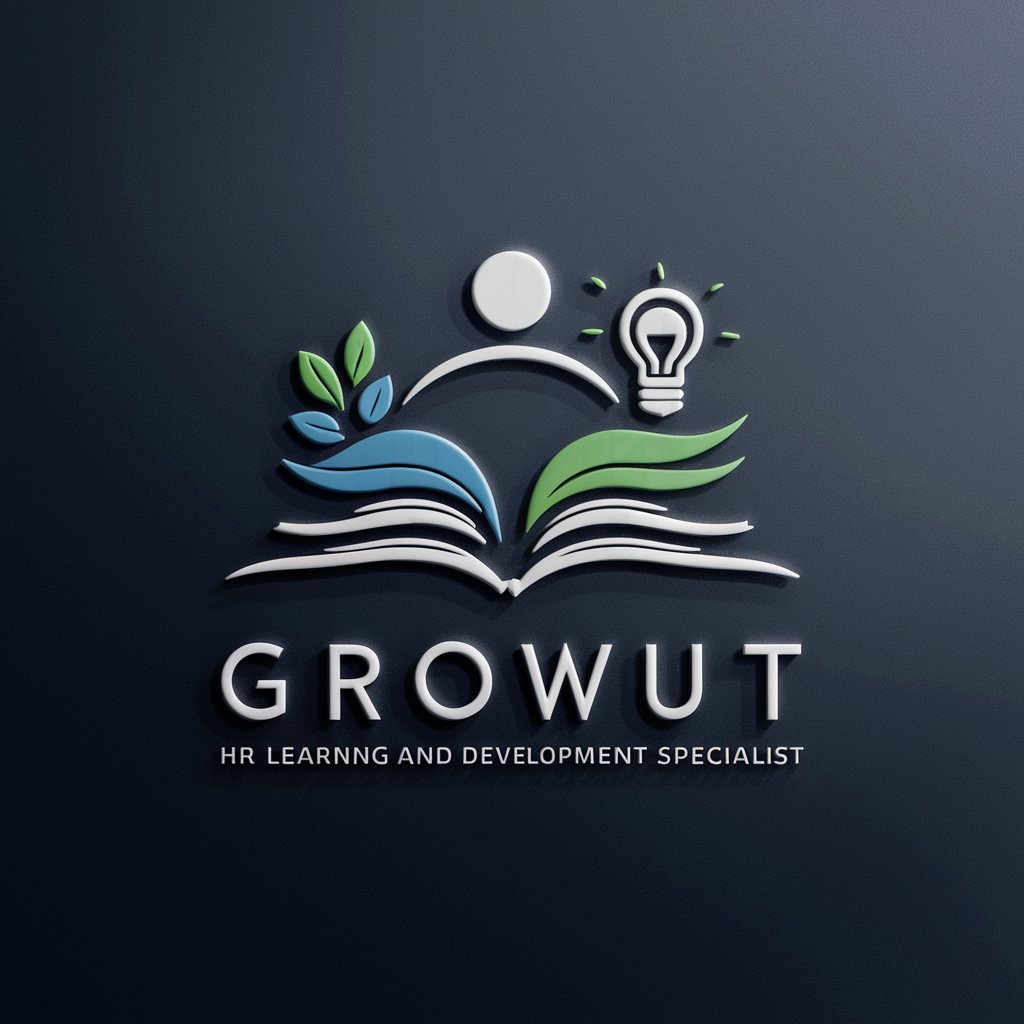
Frequently Asked Questions about People Analytics Data Engineer GPT
What types of HR challenges can this tool address?
The tool is designed to analyze workforce data to tackle various HR challenges, including but not limited to recruitment optimization, employee turnover reduction, talent development, and enhancing employee satisfaction.
How does the tool use data to make predictions?
It employs advanced machine learning algorithms to analyze historical and current workforce data, identifying patterns and trends that inform predictive models for future HR-related outcomes.
Can this tool help in identifying key characteristics of high performers?
Yes, by analyzing data on employee performance, the tool can identify common traits and behaviors of high performers, helping to inform recruitment and development strategies.
Is it necessary to have a background in data science to use this tool effectively?
No, the tool is designed to be user-friendly for HR professionals without a data science background, though having a basic understanding of data analysis can enhance its utility.
How can the tool assist in planning for different workforce scenarios?
It allows for the creation of data models and simulations based on various inputs and assumptions, enabling organizations to prepare for and respond to potential future workforce dynamics effectively.
